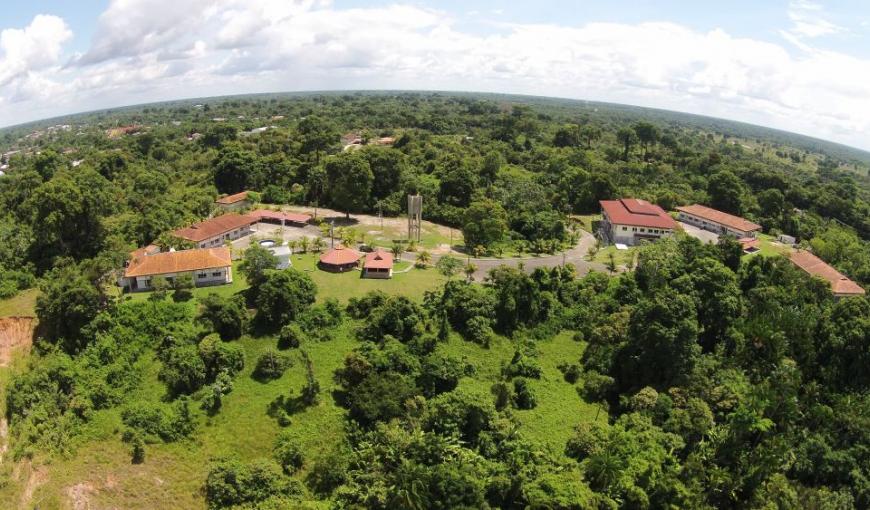WAN optimization project improves the user’s experience at the Mamirauá Institute
Over 500 km away from the city of Manaus, the Tefé campus of the Mamirauá Sustainable Development Institute was the target of a concept test that optimized in 30% the experience of its local users, thanks to a WAN network optimization project implemented by RNP. The initiative sought to use physical resources, such as bandwidth, in a more efficient manner, for greater quality in the network use experience.
The Tefé campus is connected to the Ipê network by satellite, via PoP-MG, and is served by a 10 Mb/s link, shared by approximately 500 employees and researchers. According to Francisco Júnior, Mamirauá’s IT manager, such link is often overloaded. For instance, when videoconference must be used, it is necessary to drop connections to make the transmission possible. “It is a ‘short blanket’ type of work. Given that we are served by satellite, the latency is greater, which affects the user’s experience” he evaluates.
With the WAN network optimization project, there was an improvement of such perspective on the part of the user. In the concept test, the appliance Steelhead Riverbed was used, with the Transaction Prediction (TP) and Scalable Data Referencing (SDR) mechanisms. Such two technologies jointly identify transactions that can be locally resolved, preventing them from being sent by WAN. “When it is really necessary to use the WAN link, the data that have already been previously sent are recognized and, in their stead, references are sent, which have a smaller size, making the connection less saturated”, explains GER’s analyst, Rodrygo Córdova, who was at the helm of the project.
In spite of the bandwidth remaining the same, 10 Mb/s, with the compression of such data the number of connections increased by 70%, with a decrease of the latency and loss of packages in the application, which optimized traffic by about 30%.
In the network analyst’s opinion, the results prove that the band increase is not the only variable to be analyzed in order to improve Internet navigation. “Other factors, such as delay, delay variation, losses and behavior of the protocols used may have a greater impact in the user’s experience than the bandwidth”, Rodrygo states.
Mamirauá-Tefé’s IT manager, Francisco Júnior, for his turn celebrated the solution tested in the campus, but revealed the institution’s greatest desire: to be served in the future by optic fiber, through the Amazônia Conectada Program, which includes connectivity by multiple gigabits in the countryside of the state of Amazonas, by means of underwater cable technology.
About Mamirauá
The Mamirauá Institute is a national reference in biodiversity studies in the Amazon, and receives researchers from the whole of Brazil and from other countries. In addition to promoting research activities, the institution provides incentives for inclusive forest management to conserve the local fauna and flora. With that, Mamirauá also contributes to the sustainable development of the region, jointly with the local population.
Read more at the institute's website.
